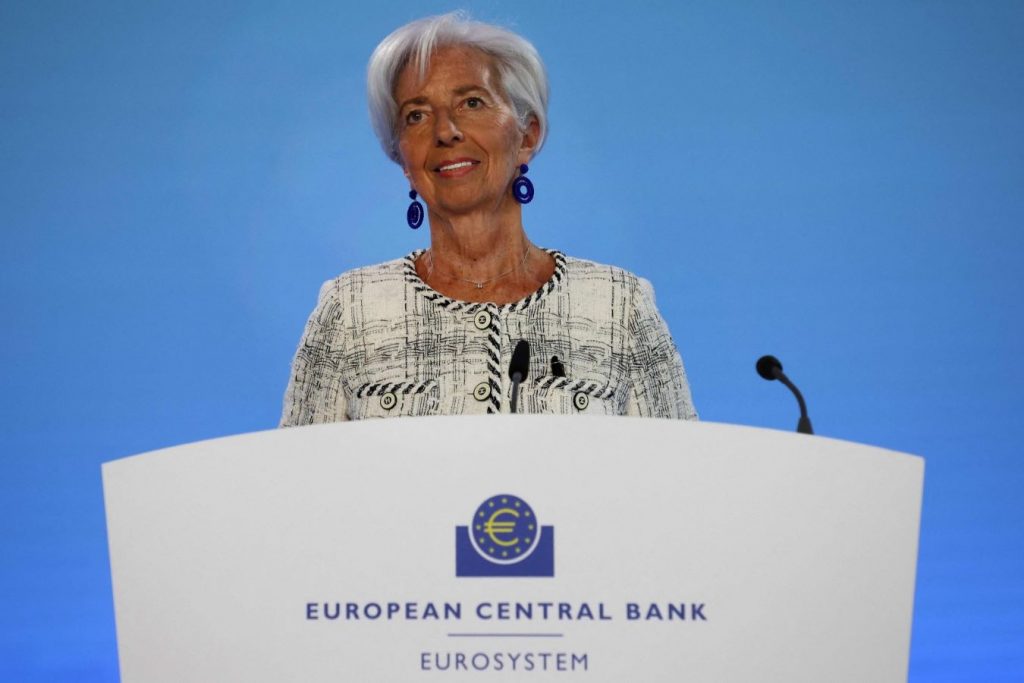In a bold move with far-reaching implications, the European Central Bank (ECB) has announced its first interest rate cut since 2019. This marks a significant departure from its previous stance and widens the policy gap with the U.S. Federal Reserve. The decision comes amidst mounting economic pressures and underscores the ECB’s commitment to addressing the challenges facing the Eurozone economy.
Addressing Economic Pressures
The ECB’s decision to lower interest rates by a quarter point represents a proactive response to the economic headwinds buffeting the Eurozone. With inflationary pressures mounting and growth prospects uncertain, the central bank has opted to take decisive action. This is aimed at stimulating economic activity and bolstering investor confidence.
Signaling Relief for Borrowers
The rate cut is expected. It should provide much-needed relief to households, indebted governments, and businesses grappling with high borrowing costs. By reducing the cost of borrowing, the European Central Bank aims to encourage increased spending and investment. This, in turn, should stimulate economic growth and job creation across the Eurozone.

US Mortgage Rates Dip Below 7% for First Time Since April
In a promising development for prospective homebuyers, US mortgage rates have dipped below 7% for the first time in over a month…
Divergence with Federal Reserve
The ECB’s move further widens the policy gap between the Eurozone and the United States, where the Federal Reserve has signaled a more cautious approach to monetary policy. The European Central Bank has taken proactive steps to address economic challenges. But analysts do not expect the Fed to follow suit for several months. This underscores differing views on the economic outlook and appropriate policy responses.
Impact on Currency Markets
The ECB’s decision is likely to have significant implications for currency markets, particularly the euro-dollar exchange rate. A lower interest rate differential between the Eurozone and the United States could lead to a weakening of the euro against the dollar. This could potentially boost Eurozone exports and inflationary pressures.
Uncertainty Ahead
Despite the ECB’s decisive action, uncertainties remain. These uncertainties concern the effectiveness of monetary policy in addressing structural economic challenges facing the Eurozone. Additionally, divergent policy trajectories between the ECB and the Federal Reserve could complicate efforts. This is to manage currency fluctuations and inflation expectations in the months ahead.
The ECB’s historic rate cut represents a significant shift in monetary policy. It underscores the central bank’s commitment to supporting economic recovery in the Eurozone. However, challenges remain as policymakers navigate uncertain economic conditions and divergent policy trajectories with their counterparts across the Atlantic.
Secure a bundled package of The New York Times and Barron’s digital subscriptions for 2 years at only $199 USD. Revel in the liberty to reach the news from any location without constraints. Experience immediate access delivery with this extraordinary offer. Enroll today and relish the ease of instant access delivered straight to your email. Stay effortlessly informed and updated!

